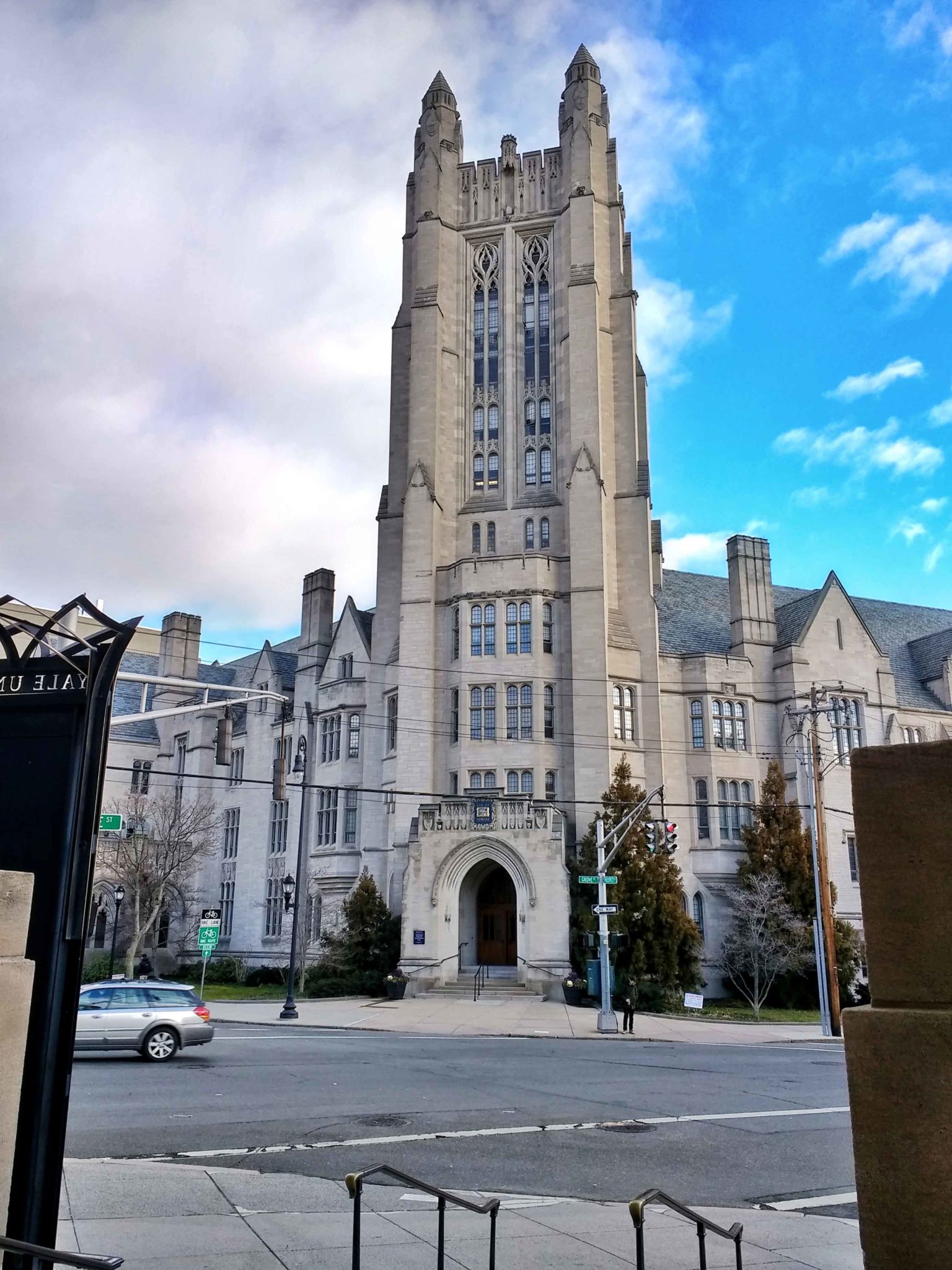
In the midst of faculty hiring season, the University administration is keeping with its recent faculty diversity initiative in the hopes of recruiting a more varied group of new professors.
Dean of the Faculty of Arts and Sciences Tamar Gendler said Yale is hoping to bring in between 35 and 50 new faculty members next year, both tenured and tenure-track as well as across all divisions. The current hiring process, the results of which will not be finalized until June, differs slightly from that of previous years because the University has strengthened its focus on faculty diversity in outreach. Kathryn Lofton, chair of the Religious Studies Department and the inaugural FAS deputy dean for diversity and faculty development, told the News that the FAS Dean’s office mandated this December that interview lists reflect the diversity of any applicant pool. Lofton added the initiative’s goals extend beyond the current and upcoming hiring seasons and aim to shift the demographics and culture of the University in the long term.
“Any given year is not the metric,” Lofton said. “My dream for this job is that it is not necessary to exist in five to 10 years, that we have all just taken in … the assumption I think our undergraduates have, which is that they don’t want to be in rooms that don’t look like a representation of the world that they occupy. They want that.”
Gendler said ongoing searches are at various stages — some offers have been made while some search committees are still in the process of meeting with candidates. She added that the hiring process requires multiple rounds of negotiation between multiple parties, but the financial resources available to the University through the faculty diversity initiative allow it to make more competitive offers, especially for professors it is “particularly eager to attract to Yale.”
In November 2015, University President Peter Salovey and Provost Ben Polak announced a five-year, $50 million initiative to increase faculty diversity. Under the initiative, the Provost’s Office is to provide $25 million to support half the salary of any hired candidate who brings diversity to his or her department. The other $25 million comes from across the graduate and professional schools and will match the amount given to salaries by the Provost’s Office.
“People are working tirelessly to make this initiative work,” said Yale College Dean Jonathan Holloway. “It takes a lot of hard work — and it is work that is happening across the entire University.”
Lofton said the University’s faculty is “simply not as diverse as it could be,” adding that there are many highly ranked departments at other schools that are more diverse than Yale’s. The University, she argued, is obligated to pursue excellence through diversity as its peer institutions do. Next year also marks the opening of the University’s two new residential colleges — Benjamin Franklin and Pauli Murray colleges — which will increase enrollment in Yale College by 800 students over the next four years.
“I happen to think this is the question of our time, and it will be the thing by which we are judged as an institution,” Lofton said.
Several prominent faculty of color — including Elizabeth Alexander ’84, Vanessa Agard-Jones ’00 and Karen Nakamura GRD ’01 — have departed from Yale recently, some citing issues of support.
Lofton stressed the importance of having early conversations with departments about how they are conducting searches. She underscored the need to engage early with the Yale Graduate School and discuss how Yale undergraduates can help create more diverse generations of graduate students, who might eventually become professors.
In addition to working to shift faculty demographics, Lofton said the initiative also aims to bring about a long-term cultural shift in the way faculty members and administrators approach the question of diversity. Lofton said it is difficult to enact cultural change quickly, especially at a place like Yale.
Still, she said this kind of cultural shift is necessary for faculty retention.
“We have to acknowledge that we do not yet have a culture that is as inclusive as it could be, that is as acknowledging of the different modalities of excellence, the different practices of seriousness of pedagogy and service,” Lofton said. “How do we as a University become a place that, if we were so fortunate as to recruit diverse faculty, they would want to stay?”
Gendler said other initiatives in place to support both newly hired and senior faculty — such as a new mentoring system, increased research and travel funds and resources to make department climates more supportive — will help the University retain its current and incoming faculty.
As part of this year’s new faculty mentoring system, Lofton said she has been trying to meet with as many professors as possible and follow up with them about their individual comments on topics from day care to faculty housing. Lofton added that many things cannot be changed, but efforts to help individual faculty members become more “embedded” in the Yale community — such as connecting professors across different departments with similar interests or backgrounds — can create a more “positive social paradigm.”
In December, the Yale College Council hosted its first town hall on the topic of faculty diversity. Despite extensive conversations about the issue last year, only 16 students attended the meeting, many of whom were YCC affiliates. Gendler told the News that she does not have a sense of why student attendance at the forum was low, but noted that the level of interest and engagement among the FAS faculty is “extremely high.”
YCC President Peter Huang ’18 told the News that the body is still figuring out its specific steps for faculty diversity in the second semester, but declined to comment further.
The position of deputy dean for diversity and faculty development was created in 2016.







